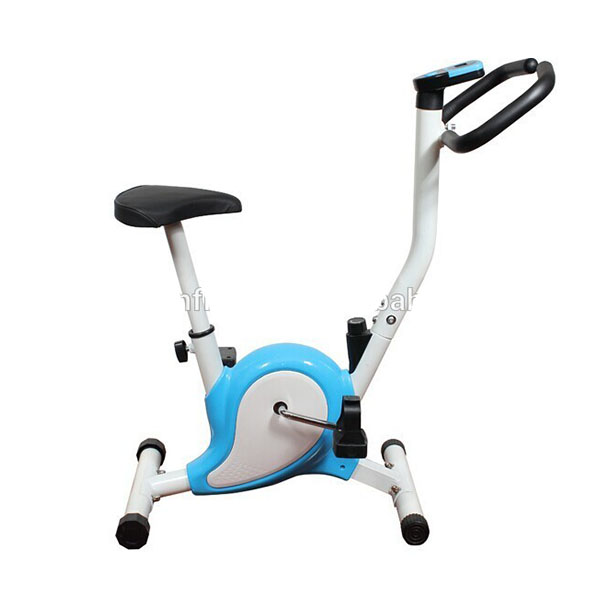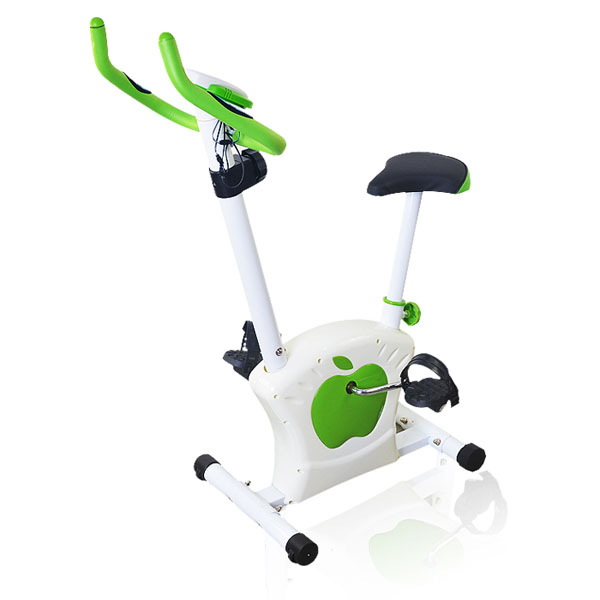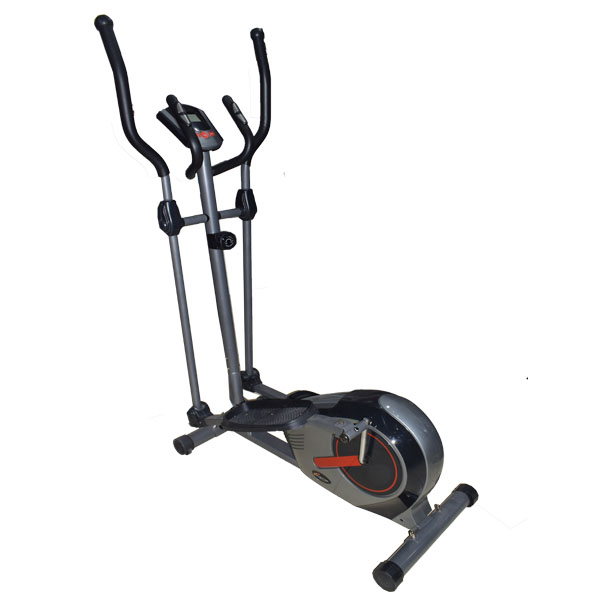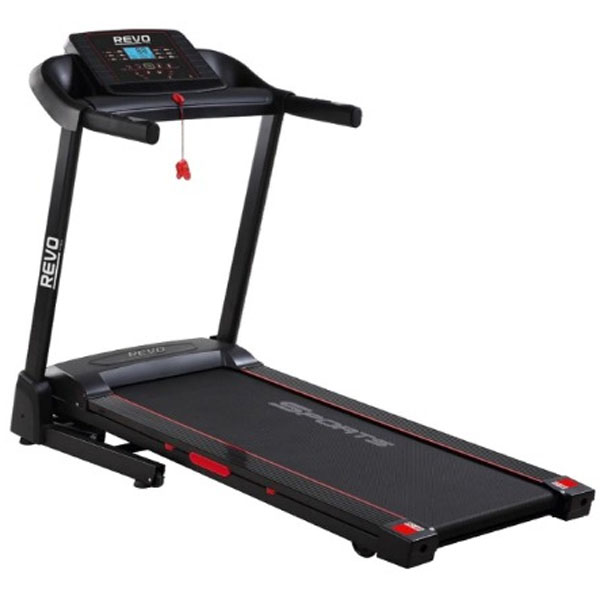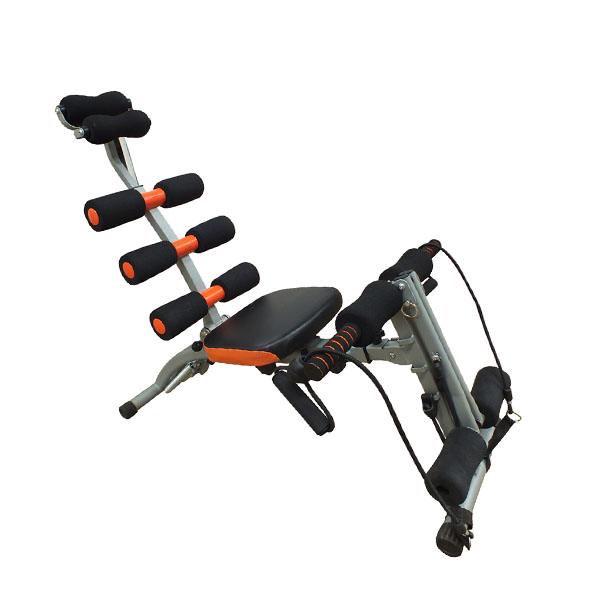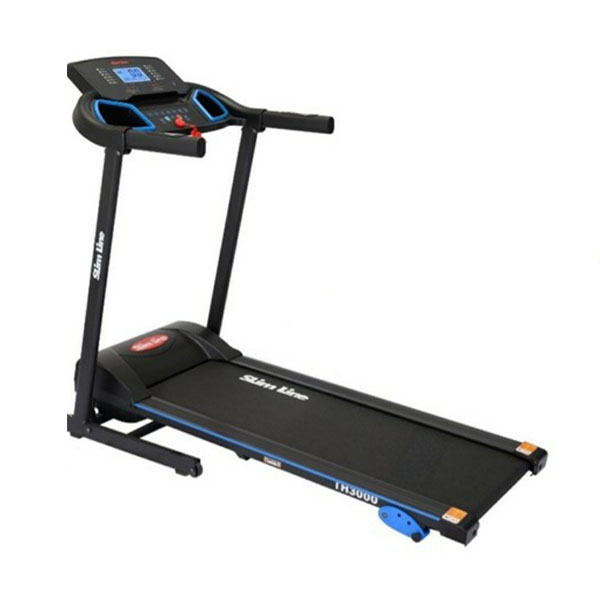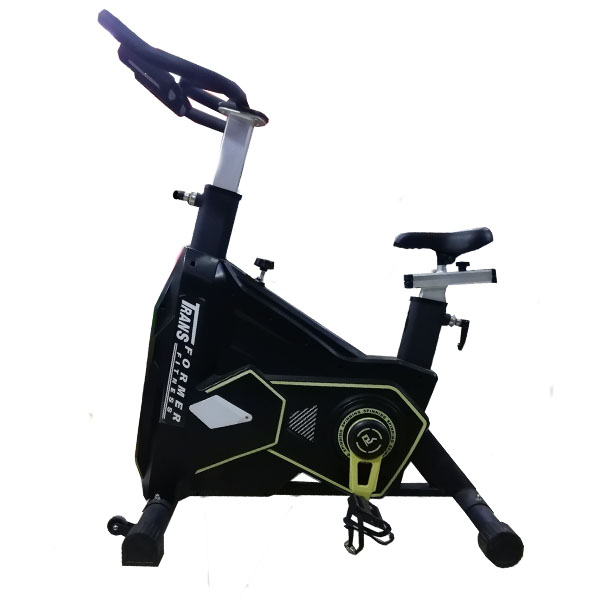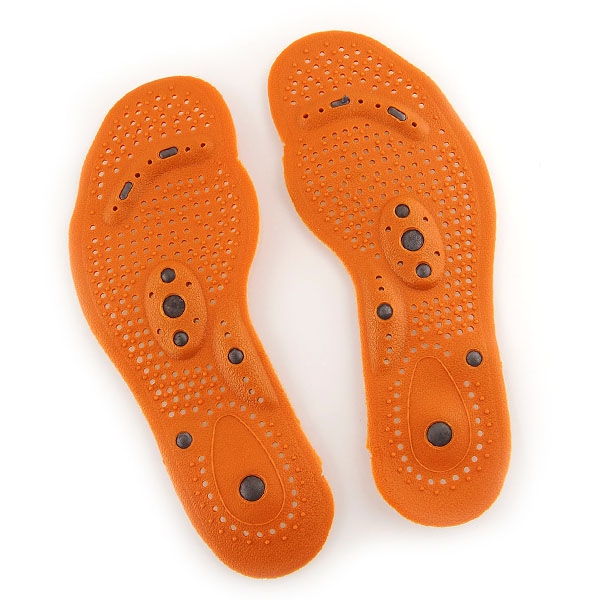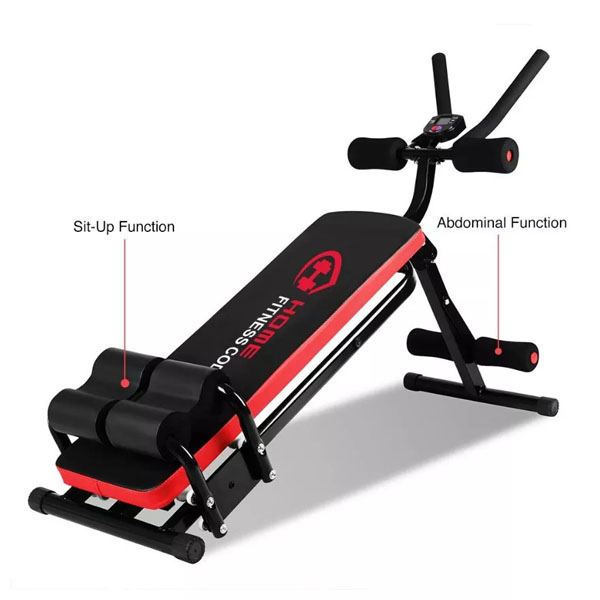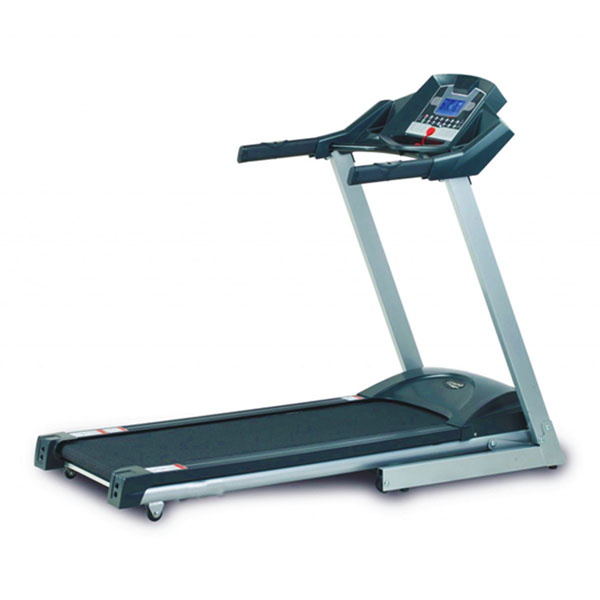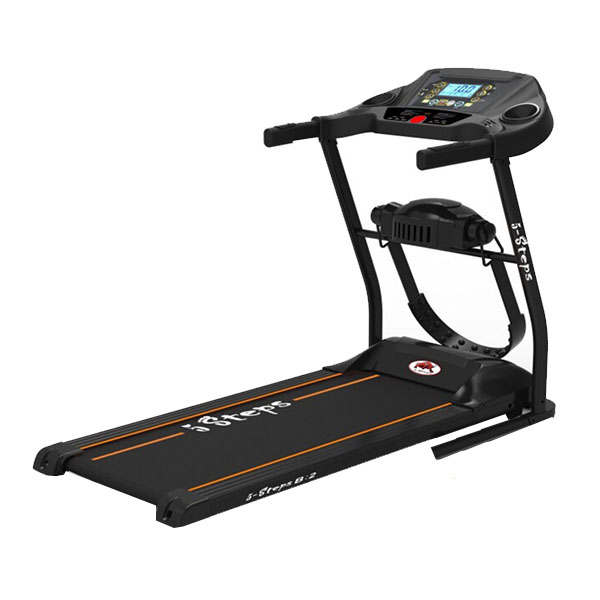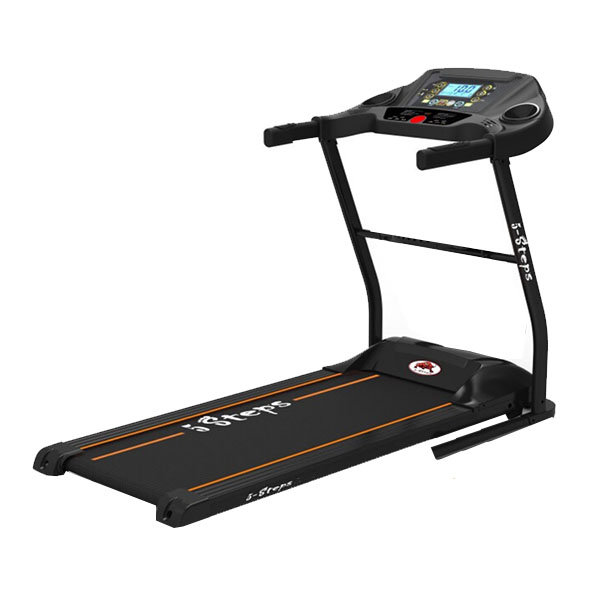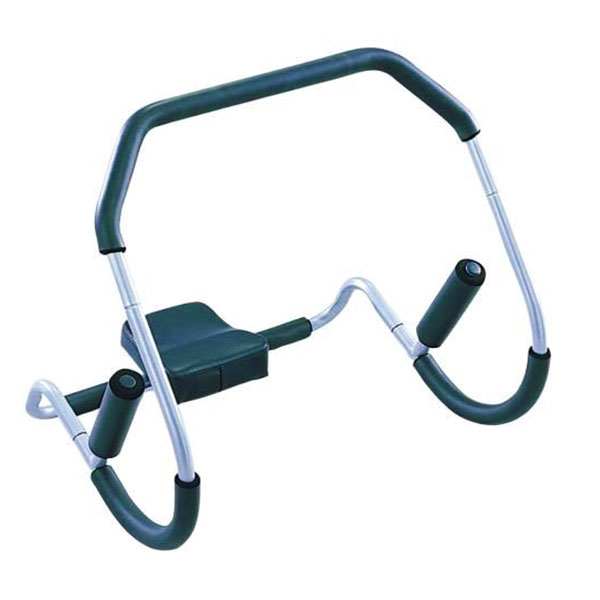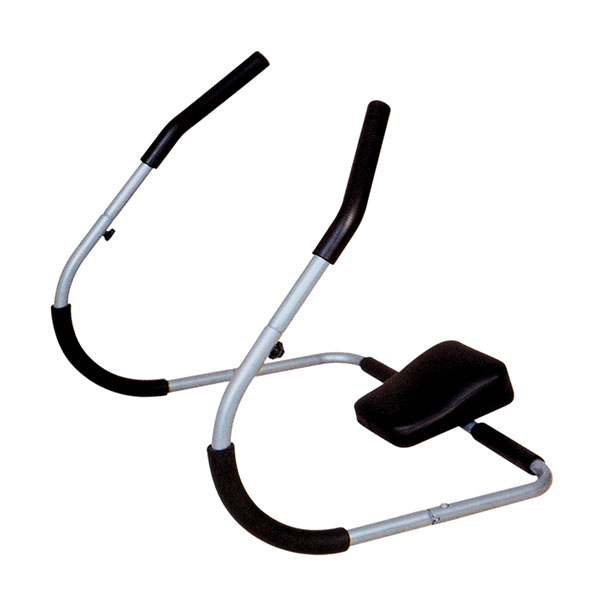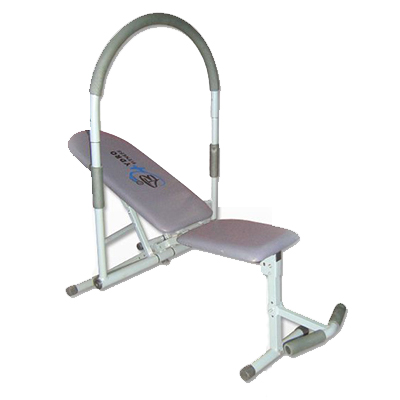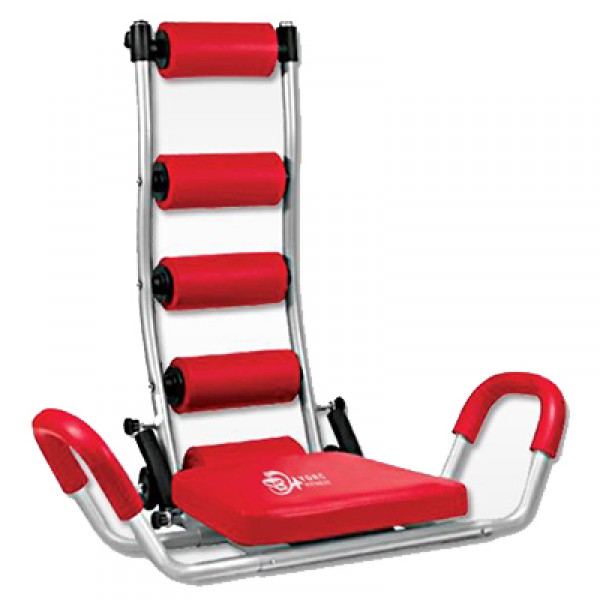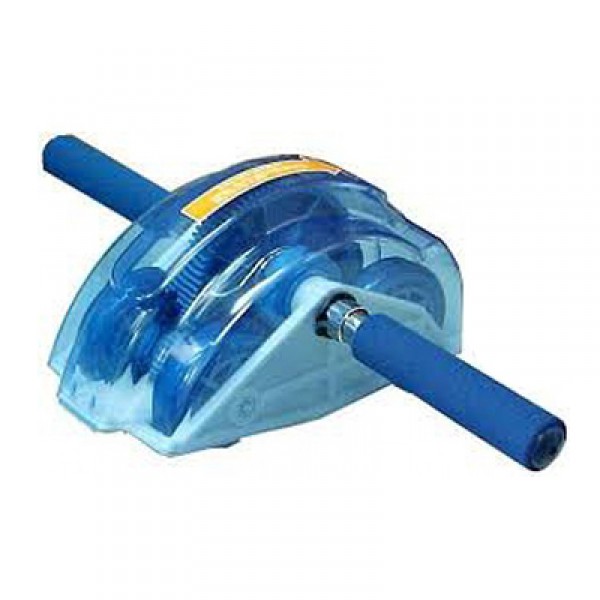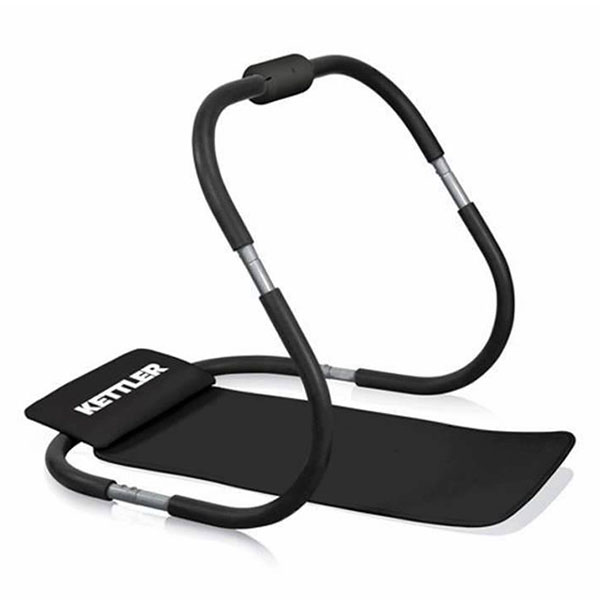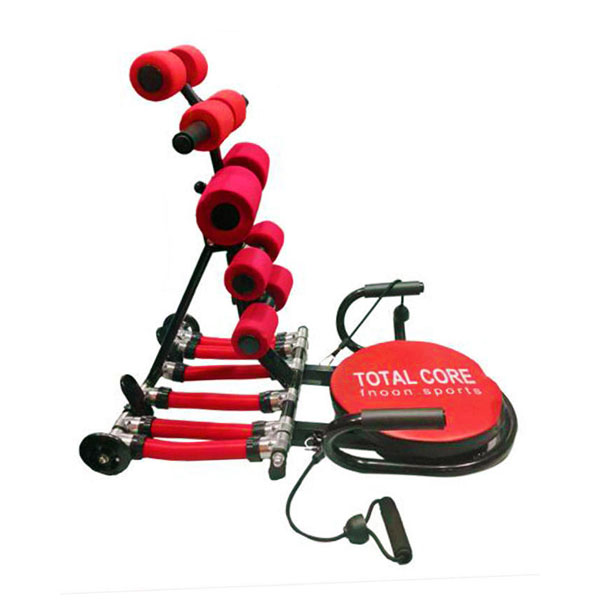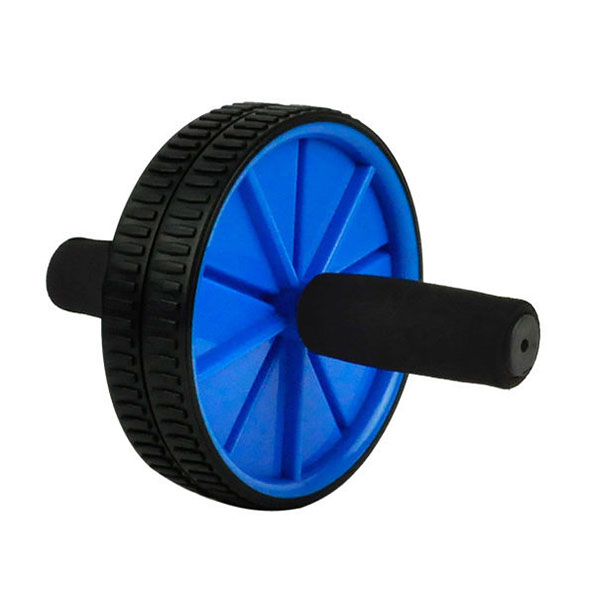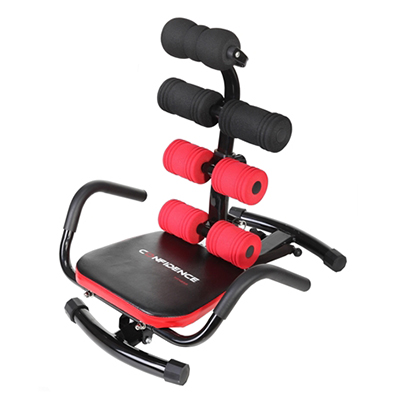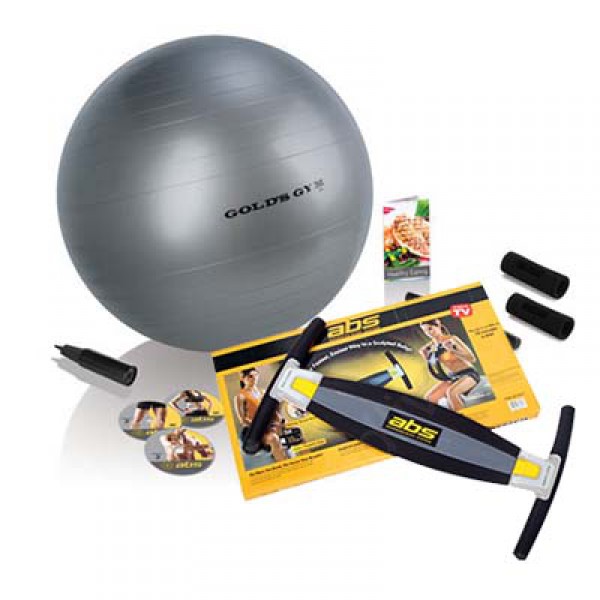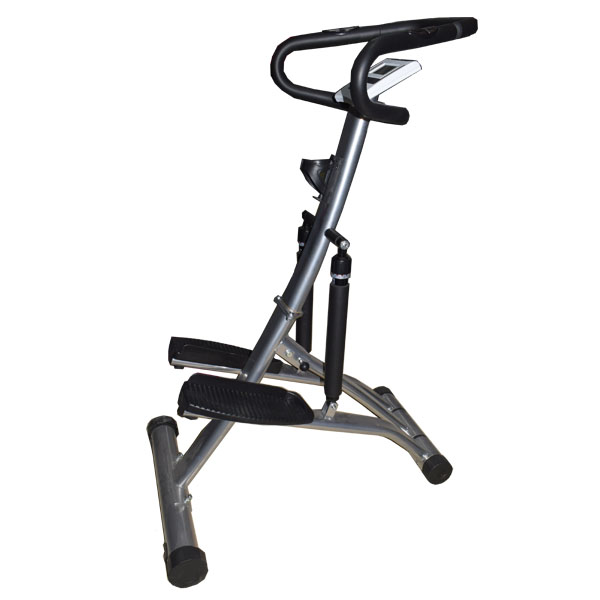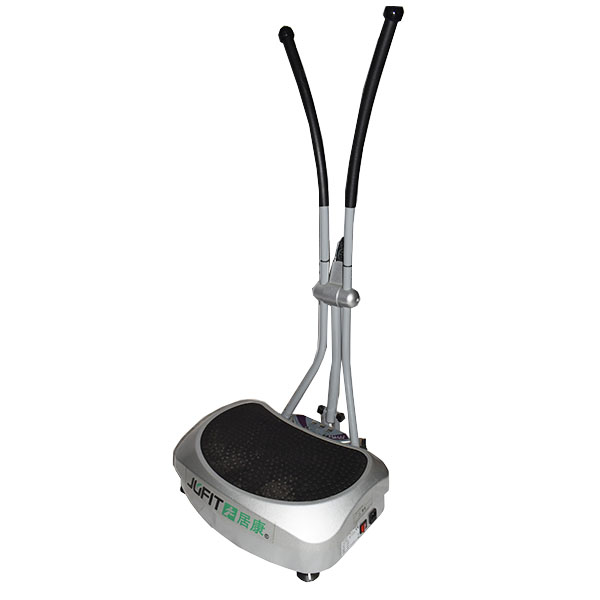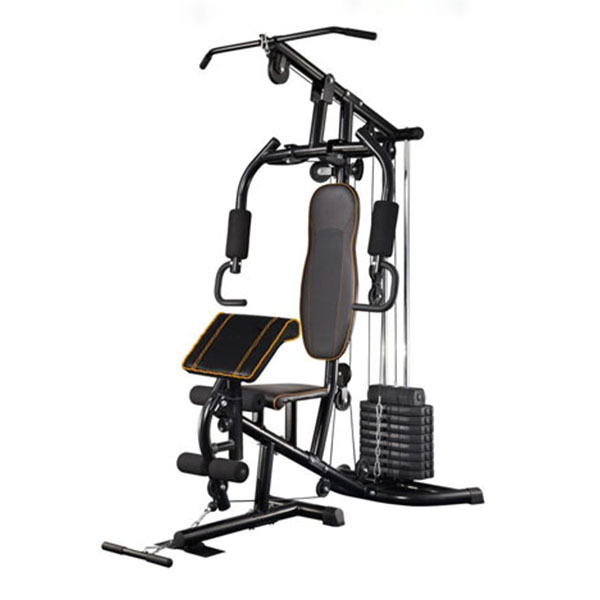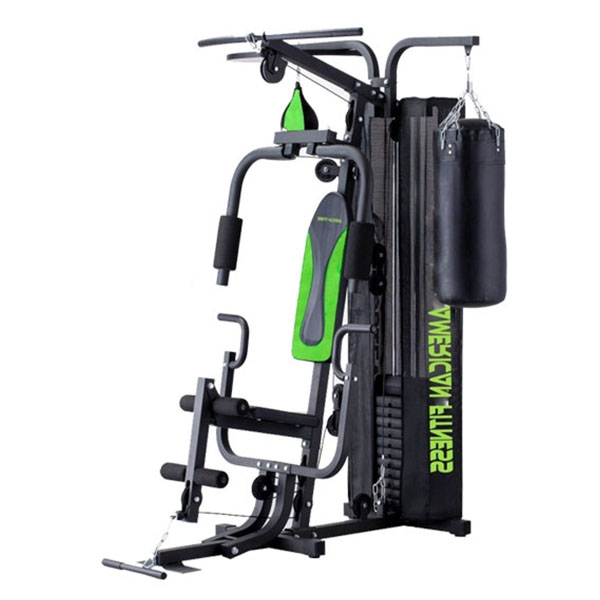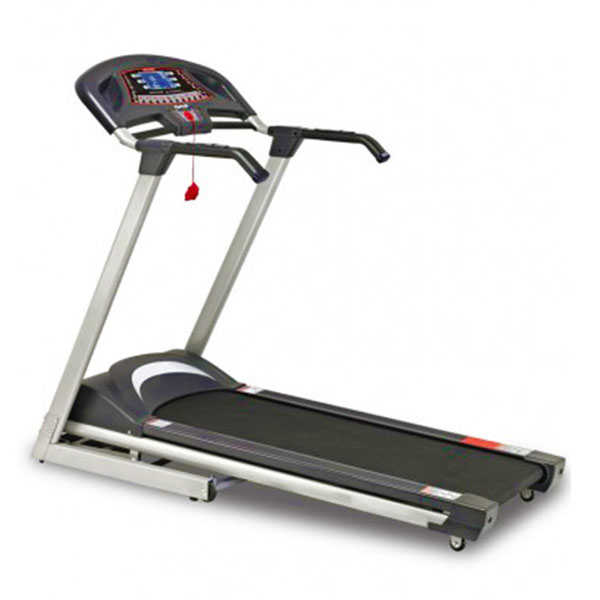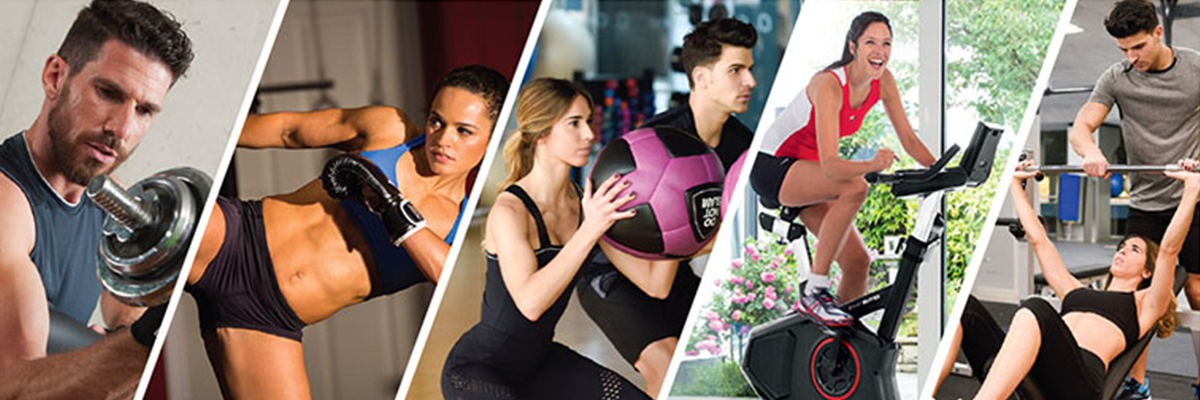
-
5 Steps Electric Treadmill B2
₨ 140,000 -
5 Steps Running Machine B1
₨ 105,000 -
Ab Coach
₨ 9,000 -
Ab Cruncher
₨ 8,000 -
Ab King Pro
₨ 15,000 -
Ab Rocket Twister
₨ 22,900 -
Ab Roller
₨ 2,900 -
Ab Roller Coach
₨ 9,000 -
Ab Twister Total Core
₨ 9,100 -
Ab Wheel
₨ 1,600 -
Ab Zone Flex
₨ 9,800 -
Abdominal Workout Situp Bench
₨ 20,000 -
ABS Advance Body System
₨ 3,000 -
Advanced Stepper Machine
₨ 30,000 -
Air Crazy Fit Massager
₨ 40,000 -
American Fitness Home Gym 7080
₨ 110,000 -
American Fitness Treadmill AF-TH4011
₨ 115,000 -
Amino Energy 30 Servings
₨ 5,800 -
Apollo Electric Running Machine Air-06
₨ 205,000
Online Sports and Fitness Store in Pakistan | Zeesol Store
Zeesol Store is leading online fitness store in Pakistan, provider of best quality exercise equipment since 2013 developed by Zeesol Esolutions (Pvt) Ltd. IT services company.
Zeesol Store provides a large selection of bodybuilding equipment including treadmills, exercise bikes, ellipticals, home gym, exercise benches, gym accessories and sports equipment by renowned brands such as: Liveup, American Fitness, Slimline, Hydro Fitness, Miha Fitness, Oxygen, Lifestyle and Royal Fitness. With years of experience in exercise equipment sales, we strive to bring you the leading gym fitness equipment in Pakistan for best suitable prices. We offer several payment options to our customers including credit card payment, bank transfer and Cash on Delivery in Pakistan.
Buy Gym Equipment Online in Pakistan
Zeesol Store offers free delivery of exercise machines throughout Pakistan including Punjab, Sindh, Balochistan, Khyber Pakhtunkhuwah, Gilgit Baltistan and Azad Kashmir. COD service is available in all major cities of Pakistan and people from rural areas can pay through Online Bank Transfer and Debit/Credit Card.
The staff at Zeesol Store will not only suggest you the right exercise equipment for your needs, they will also explain you how to use it guaranteeing the results. Our goal is to give our customers a better quality healthy life.
Return Policy of Zeesol Store
We also offer 7 days exchange policy to our customers so that they can buy bodybuilding equipment in Pakistan with full confidence. In case of any shipping damage or loss, the company will exchange or fix without any extra charges. Products with warranty are subject to company's terms and conditions mentioned in Zeesol Store Warranty Policy


